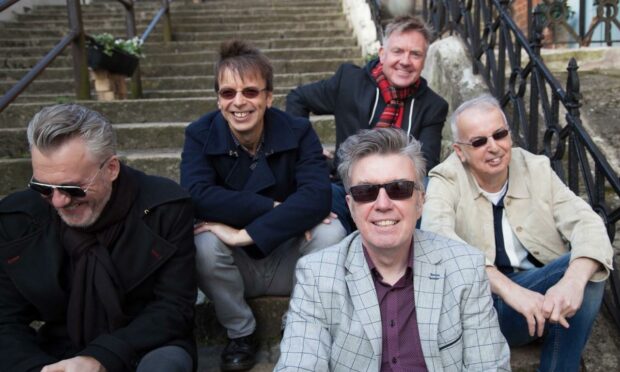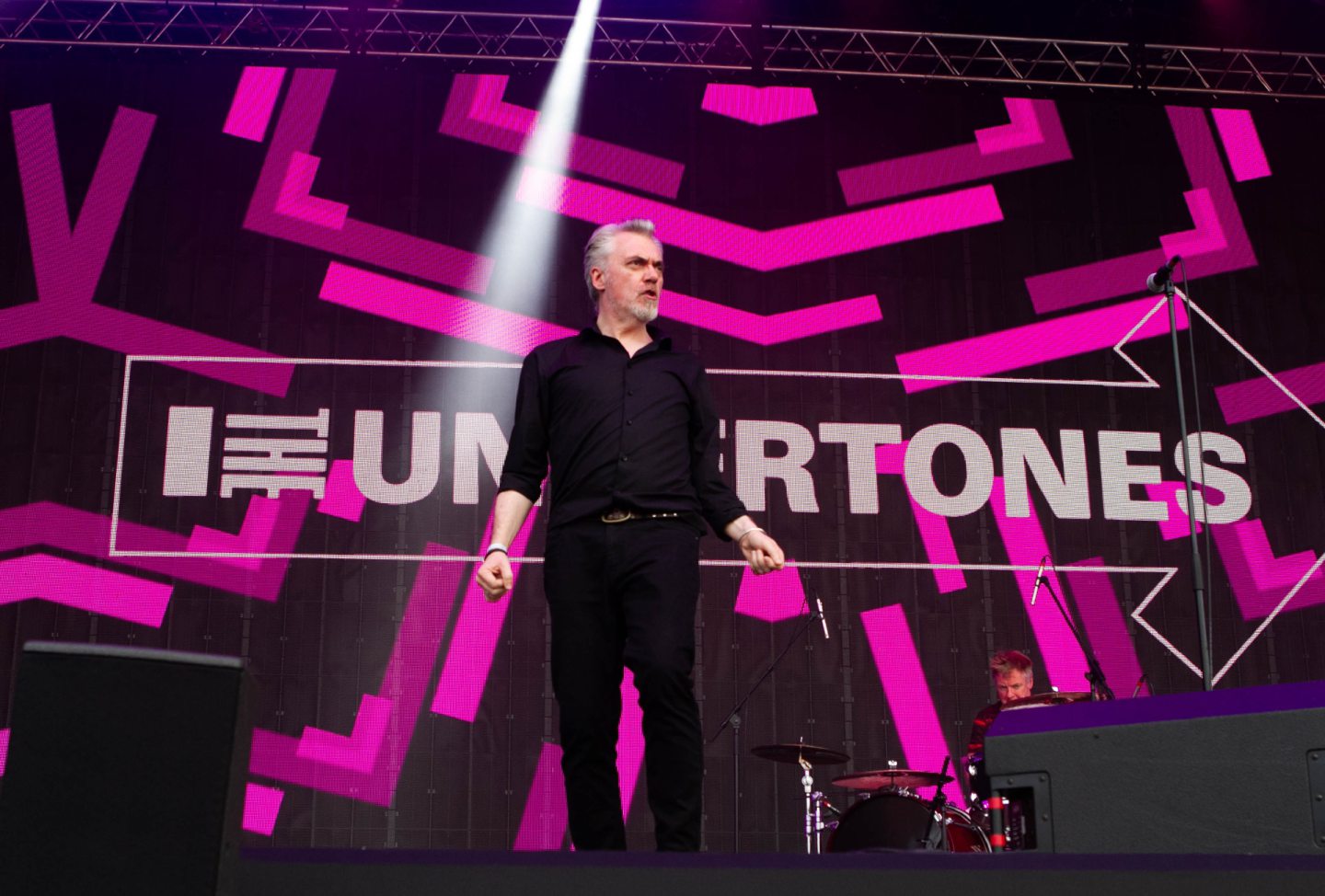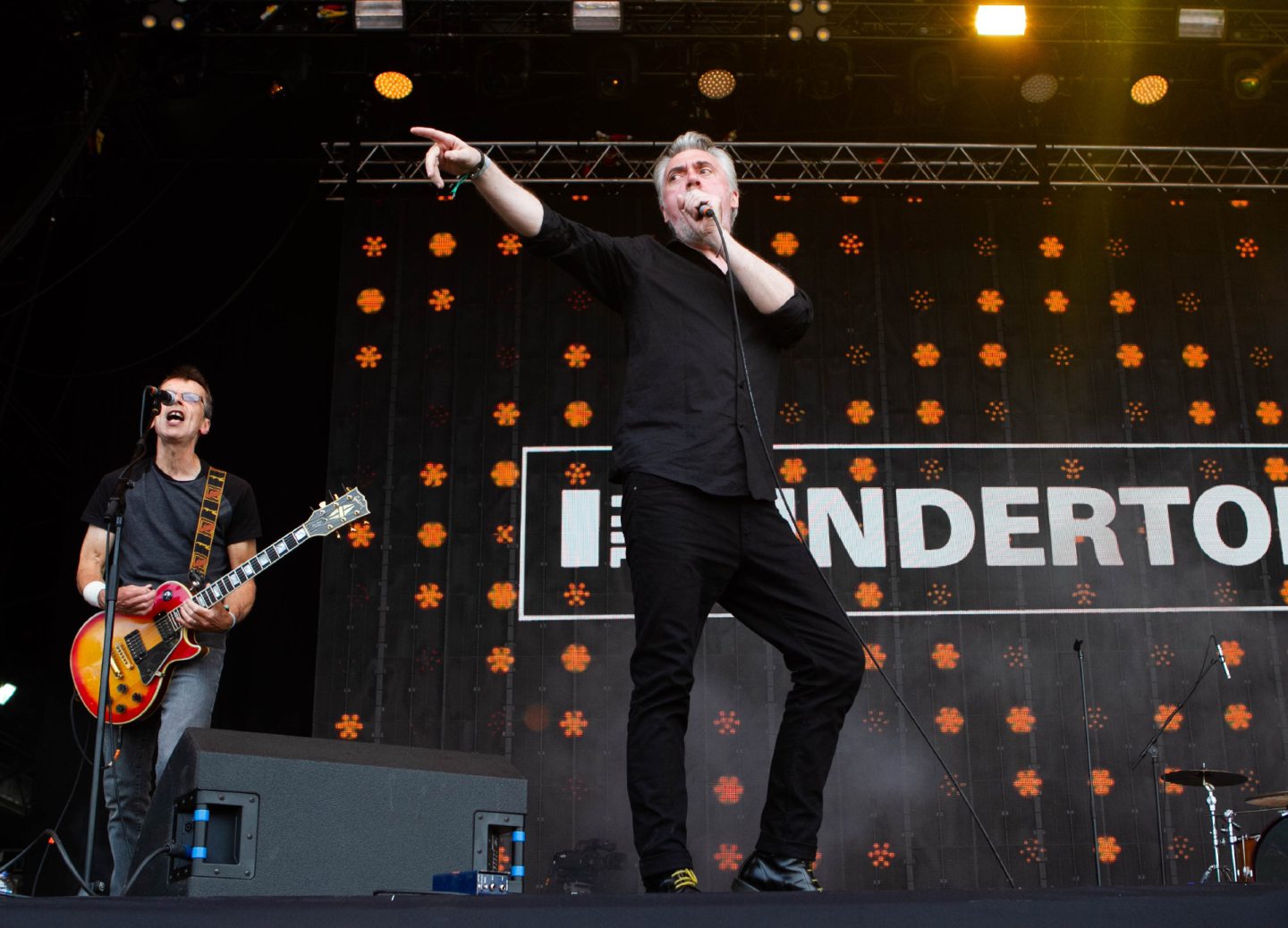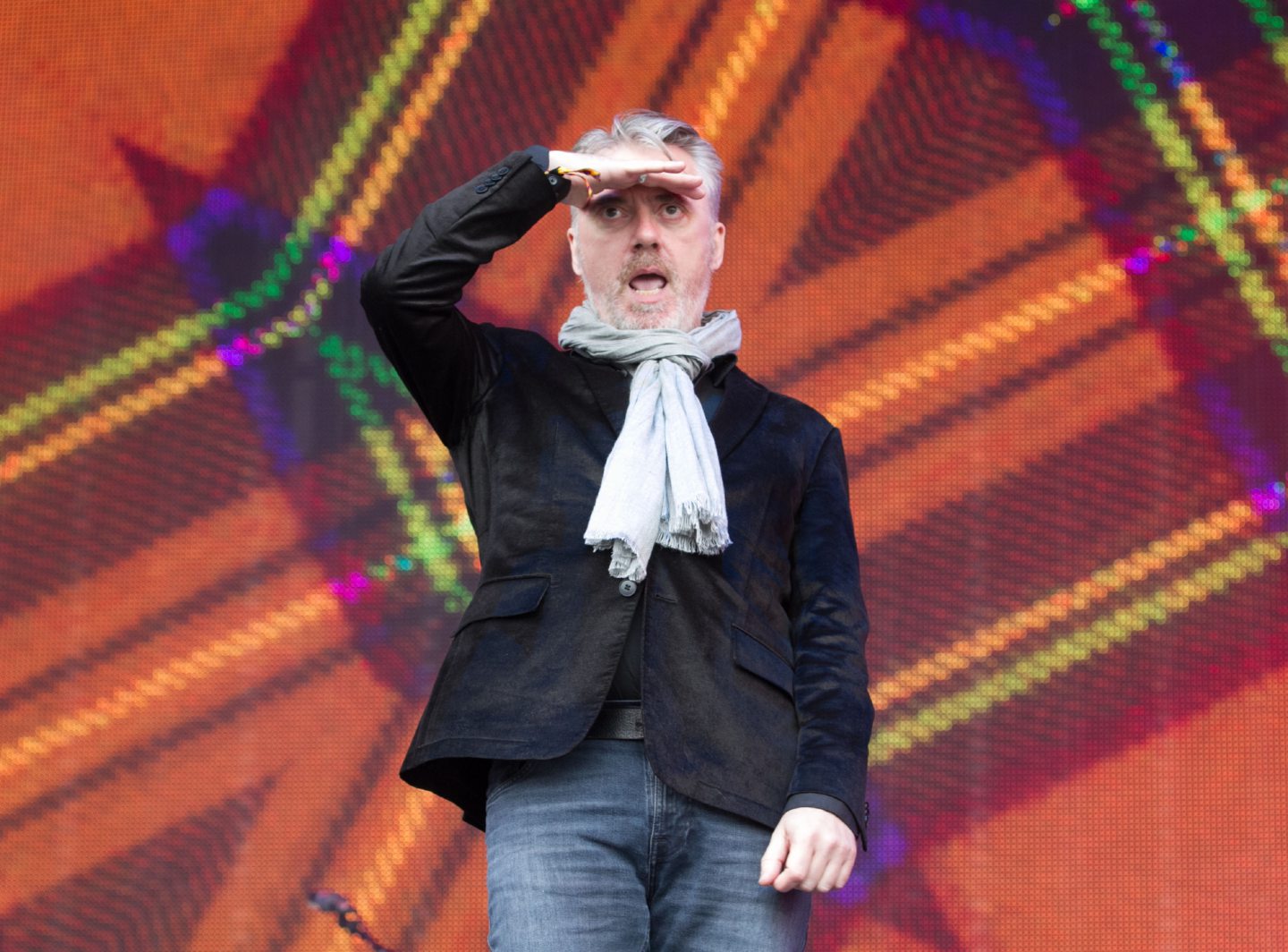Punk legends The Undertones’ founding member John O’Neill admits the band’s success and enduring popularity were an “accident”.
Formed in Derry, Northern Ireland in 1974 playing music was purely an escape from the bleak existence of life during The Troubles.
Fast forward almost 50 years and The Undertones are one of the most revered punk bands and continue to pack out venues.
The five-piece, who headline The Lemon Tree on Sunday, also recorded a youth anthem for a generation with Teenage Kicks which to this day still delivers an adrenaline rush with its sheer celebration of life’s possibilities.
John said: “I never had any thought that I could ever be a musician, never mind a songwriter – it all happened by accident.
“We weren’t even thinking of making a breakthrough.
“Living in the North of Ireland at that time was pretty bleak and everything was closed at night so you had to make up your own hobbies.
“We all had an interest in music anyway so it wasn’t that big a leap in faith to form a band just to pass the time.
“There was a music scene but it was basically two types of bands playing.
“They were either guys that were in showbands that played cover versions of the hits of the time or there were rock bands who played a club called The Casbah and would do material like Led Zeppelin, Deep Purple and Lynyrd Skynyrd which we detested.
“We didn’t like the misogynistic side of rock and wanted nothing to do with that.
“For us it being in a band was nothing more than starting off trying to do cover versions.”
Hey, Ho, Let’s Go – Eureka at The Ramones
With no live bands worth watching in Derry the teenagers learnt their craft by listening to mail order records, DJ John Peel on the radio and reading any copies of influential rock weekly magazine NME that made it to Derry.
The turning point for John and The Undertones was the emergence of The Ramones from New York in 1976.
The teenagers also began listening to the primal rock of The Stooges and New York Dolls. It was inevitable that would bleed into their psyche and influence their music.
John explained: “Punk started to happen and the NME was a huge influence on us, as it was at the vanguard and let you know what was happening in New York.
“The Ramones’ first album was a eureka moment.
“I’m not a great musician so to have something that was reasonably easy to play meant I could do that and also attempt to write songs in the same way The Ramones did.
“We would read about The Stooges, The New York Dolls, Nuggets with the sixties garage bands and that was when it all started to make sense.
“When I first heard The Stooges and The New York Dolls it was phenomenal.
“The Rolling Stones had kind of faded a little by then and the Dolls were like how the Stones sounded back in the Exile on Main Street days.
“It helped us that Damian, my brother is a phenomenal guitar player and was able to play The Stooges and New York Dolls. Damian was able to play all those Johnny Thunders’ guitar parts note-perfect.
“We must have done about seven Dolls songs in the time we played The Casbah.
“The next thing was to try to start writing our own songs.
“By playing other bands’ songs we were able to steal ideas. Those songs blended into our subconscious almost and we used them to try to come up with a template for your own song.”
The birth of youth anthem Teenage Kicks
The band recorded and released John’s song Teenage Kicks in 1978 on Terri Hooley’s Good Vibrations label in Belfast.
Legendary DJ John Peel received a copy and liked it so much he played it twice in a row on his radio show.
Such was Peel’s backing The Undertones signed with Sire Records and Teenage Kicks was re-released, resulting in the band’s first appearance on Top Of The Pops.
The Undertones would go on to release a string of influential singles including Get Over You, My Perfect Cousin, Here Comes The Summer and Jimmy Jimmy – but it is Teenage Kicks that grew into a youth anthem that has spanned generations.
John, 64, said: “The last year of The Undertones playing live during our initial time together in 1983 I don’t think we even played Teenage Kicks in the set.
“It got bigger more and more after we broke up.
“After John Peel died (in 2004) it propelled it into a more iconic song from that era because it was so much associated with him and everything he represented.
“I’m not saying Teenage Kicks is as good as contemporary things at the time like The Sex Pistols, The Clash or The Damned but it has its own sound.
“Even when I hear it today somewhere I can recognise how powerful it sounds. It stands out.”
The Undertones’ return after breaking up
In 1983 singer Feargal Sharkey left the band to pursue a solo career and the remaining members decided to call it a day.
After 16 years they reformed in 1999, minus Sharkey with Paul McLoone, from Derry, replacing him.
The Undertones have since released two superb albums in Get What You Need and Dig Yourself Deep.
However, John insists the reformed band does not get the attention it deserves.
He said: “When we got back together the only way could even make a bit of money was to keep the name.
“Feargal had no creative input in the band anyway – he sang the songs.
“So we didn’t feel bad calling ourselves The Undertones.
“When we put out the album we thought there was a chance it would probably not get played because there was no Feargal.
“We were right because anything we release is not played on the radio – it is a real kick in the teeth for us.
“Some of the songs we have written on those two records are better than anything we have ever done.”



